Rivers are one of the most important water sources for drinking water and other natural resources for us like fish. And it plays a big part in maintaining biodiversity. It serves as a natural habitat for hundreds of freshwater species like salmon, mussels, crabs, frogs, turtles, freshwater snails, and many more. However, for several decades, the human population has been affecting rivers because of improper and irresponsible disposal of different kinds of waste, causing these rivers to get polluted.
Too much pollution can be detrimental to the ecosystem because it kills fish and other wildlife dependent on the river. Pollution such as garbage, sewage, oil spills leads to land erosion and many others faster than usual.
Sometimes we could see the remains of this pollution remaining in the river like styrofoam, plastics, and other wastes that we throw away.
What makes a river polluted?
A polluted river can be defined as a water body that contains components that result in contaminated water quality, which is not suitable for drinking or other natural resource utilization due to the presence of pollutant substances like hydrocarbons, solvents, sedimentation.
Unfortunately, most rivers and oceans are already suffering from different kinds of pollution caused by a variety of wastes, mostly through industrial operations and incorrect garbage disposals.
Causing poison and loss of oxygen to these rivers, resulting in the destruction of natural inhabitants and the loss of natural resources for us humans.
See Related: Best Books on Pollution
Most Polluted Rivers in the United States
Most countries on the planet have their rivers, and most of them are now polluted. In the United States alone, half of all streams are endangered or contaminated.
The following are some of the Most Polluted Rivers in the United States:
1. Calcasieu River
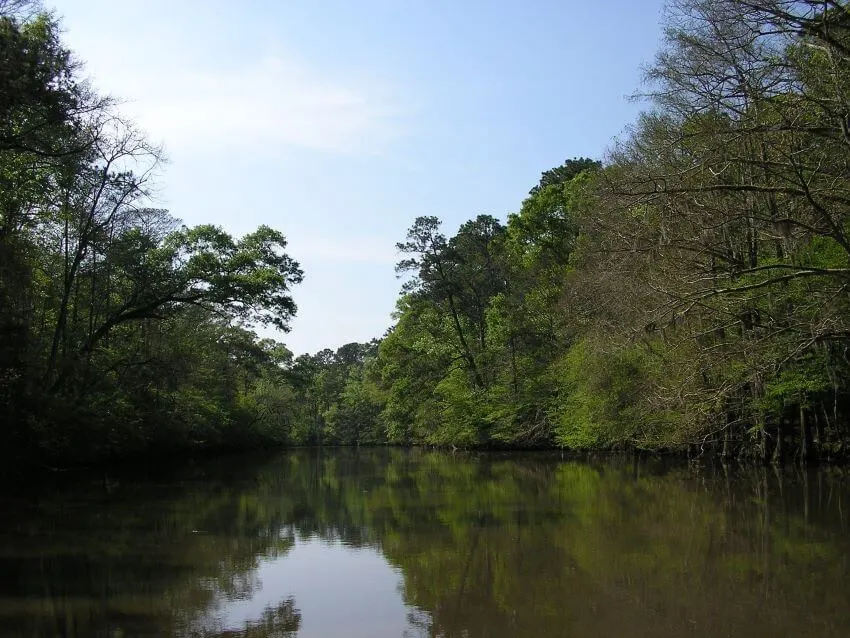
It is a river on the Gulf Coast in southwestern Louisiana. It is approximately 200 miles long. It serves as a home to 432 species of animals and plants, including 65 that are considered rare. This river passes through a dozen of industrial plants, which causes its pollution.
Petroleum chemicals are being present in the waters poisoning the fishes, crabs, and other inhabitants. Recently chemical companies and oil refineries have agreed to pay the federal government for the contamination of this river.
Until today there are still health warnings in consuming fisheries from most of this river because these fishes are contaminated due to these illegal dumps of poisonous petroleum chemicals and other toxic chemicals, which makes this river one of the most polluted rivers in America.
See Related: Best Poster on Saving Earth
2. Ohio River
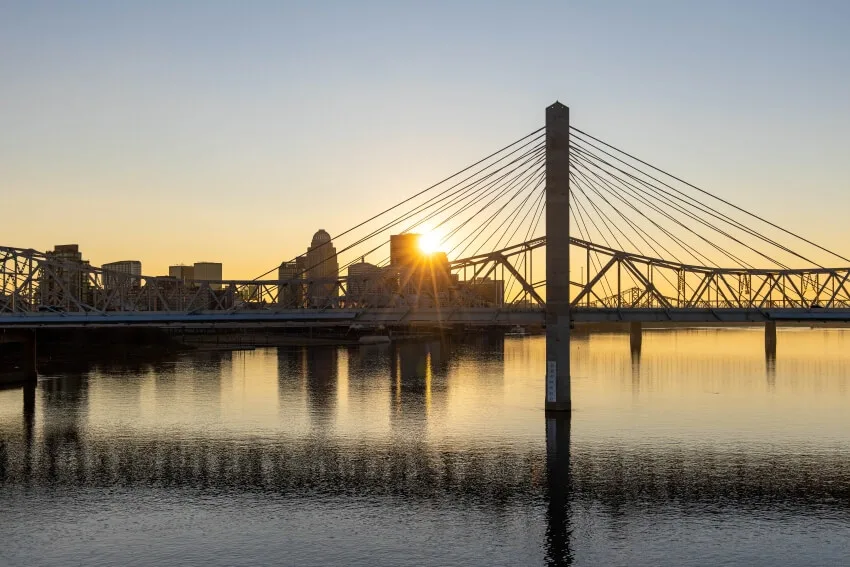
It is a river located at the Midwestern and Southern United States boundary, and it flows from Pennsylvania up to Illinois. It is approximately 981 Miles. The Ohio River is home to 366 species of fish and 50 involved in commercial fishing.
It also serves as a habitat for 15 species of mussels, 15 species of shrimp, seven types of turtles, six types of frogs, and four types of salamander.
This river’s leading cause of pollution is due to chemicals from steel companies, mainly Nitrate compounds; these chemicals are commonly used for manufacturing steel.
Although this river is being polluted, it’s still able to neutralize most of these chemicals because of its size. It is still capable of providing a safe habitat for its species.
See Related: Most Beautiful Eco-Friendly Area Rugs
3. Mississippi River
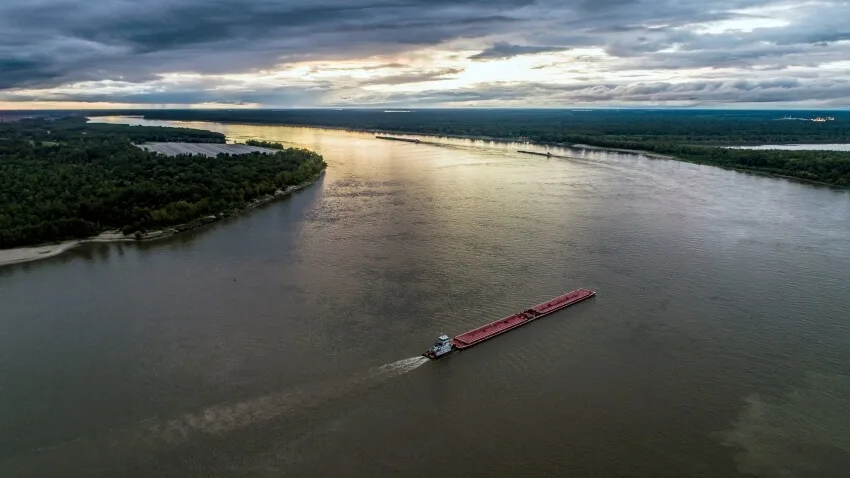
The Mississippi River is the second-longest river in the U.S. It flows approximately 2,340 Miles from northern Minnesota up to the Gulf of Mexico. The river used to host more than 45 different species of fish, 22 types of mussels, and 31 kinds of shrimp.
Unfortunately, since the Mississippi River flows through a total of 10 states, this river became polluted. The leading causes of pollution in this river are caused by sewage, city waste, and agricultural wastes like arsenic.
Imagine ten states dumping different kinds of wastes in just one river, which causes poisoning and a muddy brown color to the river’s waters.
The Mississippi River’s water having that kind of color is polluted; that’s why marine life in this river is very scarce. Thus, causing it to be one of the most polluted rivers in America.
See Related: Best Palm Oil Free Soap
4. Holston River
It is approximately 136 Miles that flows from Kingsport, Tennessee, to Knoxville, Tennessee. It hosts 15 species of mussels and 15 species of fish, including shrimp, with commercial value and is a source of hydroelectric power for the state.
Even just passing through only one state, this river is still endangered and polluted.
The main culprit of pollution in this river is the Holston Army Ammunition Plant located within the area, which causes the contamination of the river’s waters with chemical explosives. These kinds of chemicals are very poisonous, not just for animals but also for human health.
See Related: Best Eco-Friendly Water Bottles to Buy
5. Harpeth River
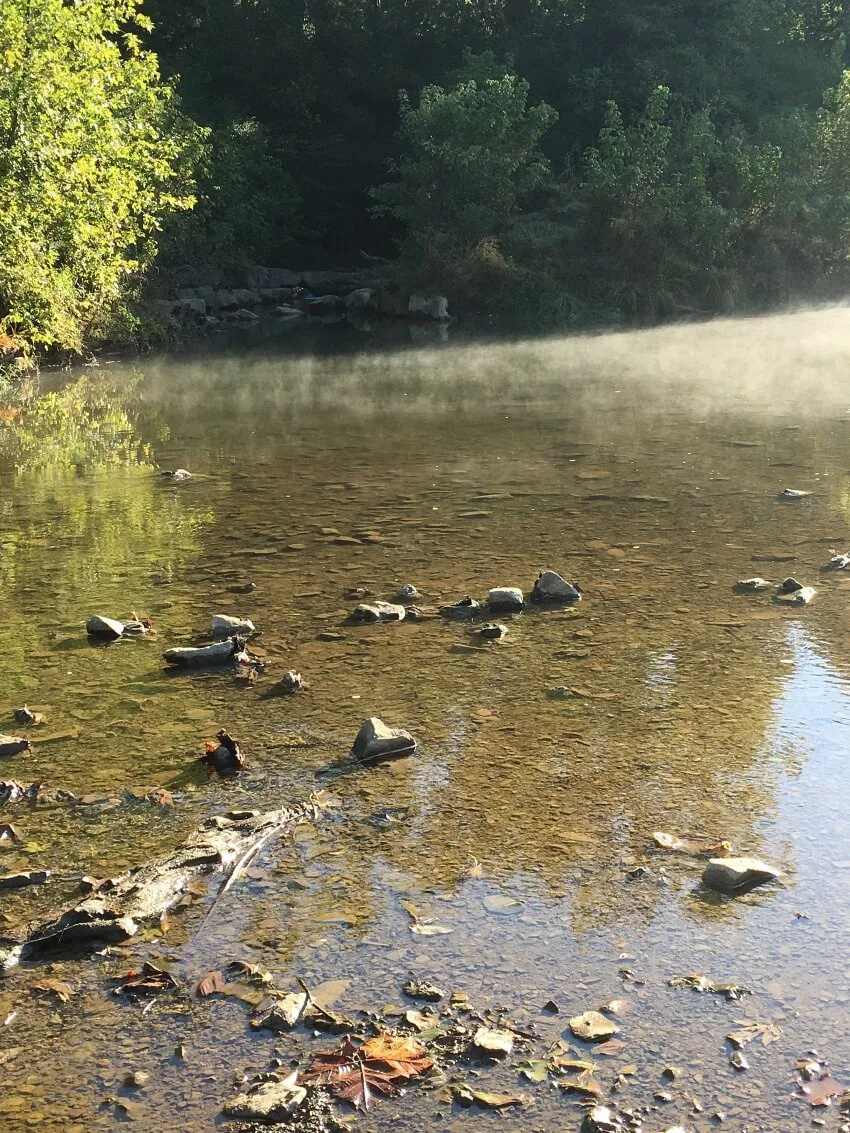
Is approximately 125 Miles, and is located in Tennessee, Rutherford County. It hosts 25 species of mussels and 20 different species of fish and crabs and other aquatic animals.
This river also serves as a home to 4 types of turtles, five kinds of frogs, 32 different kinds of birds, and seven species of salamanders.
But pollution caused mainly by lead-smelting plants is causing some significant mutations in fish. Lead is also a main cause of cancers in humans. Although this river is still able to sustain life for other marine and plant species, it’s not that safe anymore.
See Related: Is Rainwater Harvesting Worth It?
6. New River
Is approximately 320 Miles long and flows through the U.S. states of North Carolina, Virginia, and West Virginia. This river has surrounding terrains and lowlands, which hosts 24 aquatic mussels, 36 species of shrimp, and 62 fish.
Having lowlands and terrains, this river is quite popular for outdoor activities like hiking and camping.
But this river is already getting polluted. The main cause of pollution here is the increase in population around the area, which led to municipal and industrial wastes discharged into the river, which causes a highly foul odor.
Some chemicals like arsenic and mercury are also present in the river. Arsenic is one of the main causes of cancer in humans, while mercury is very poisonous.
See Related: Best Energy Efficient Electric Fire Places
7. Savannah River
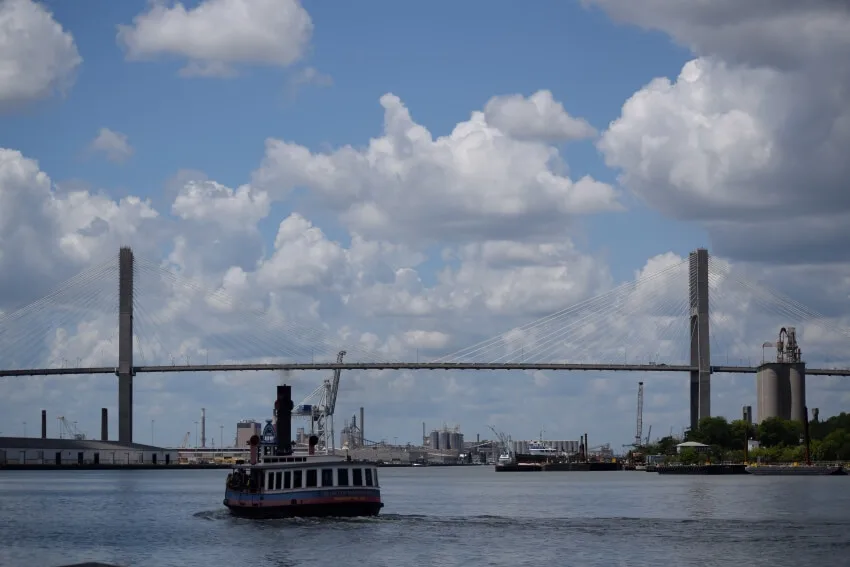
Is located at the borders of South Carolina and Georgia. This river is a source of drinking water and fish for most people of Chatham County, GA. This river hosts 30 different species of fish, nine kinds of shrimp, and 19 species of mussels.
This river is quite popular for canoeing and fishing, but pollution slowly kills this kind of place. But recent tests show that 70% of the river is polluted with mercury and lead; both chemicals are poisonous to humans and animals. Having a 70% rate of water pollution, this river is one of the dirtiest rivers in America.
See Related: Best Composting Books You Need to Know
8. Cuyahoga River
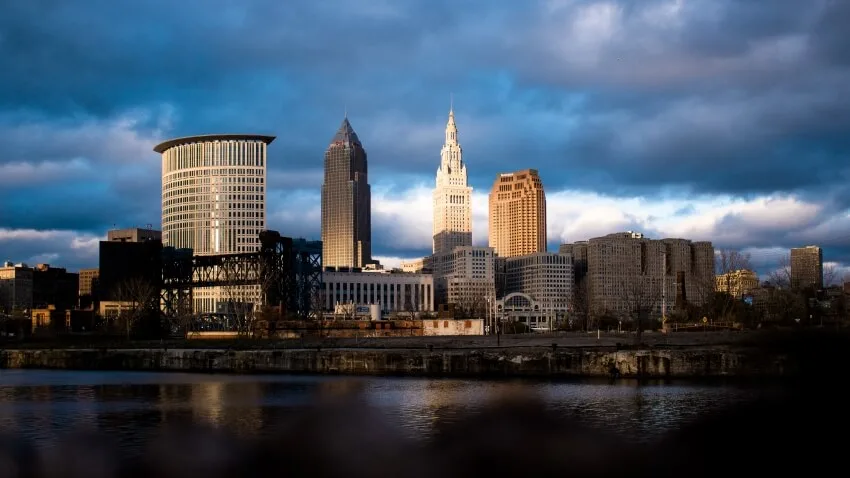
Is located in Northeast Ohio, which divides the city of Cleveland. This river used to host 24 species of mussels, 46 different kinds of fishes, and 12 species of shrimp. Cleveland is known as a major manufacturing city that caused the industrial pollution to this river.
Flammable chemicals like oil were present in the river’s waters. Believe it or not, this river has caught fire several times. The first time this river was on fire was back in 1936, and a total of more than ten fire incidents have been reported since then.
Being so polluted, the river gives off air pollution just from being there, and when it has caught fire, this results in even worse air quality for the surrounding region, making a significant liability on human health.
This river was once the most polluted in the U.S., but it now has improved after some renovation projects were launched to improve this river’s condition.
See Related: Most Eco-Friendly Baseboard Heater
9. Buffalo National River
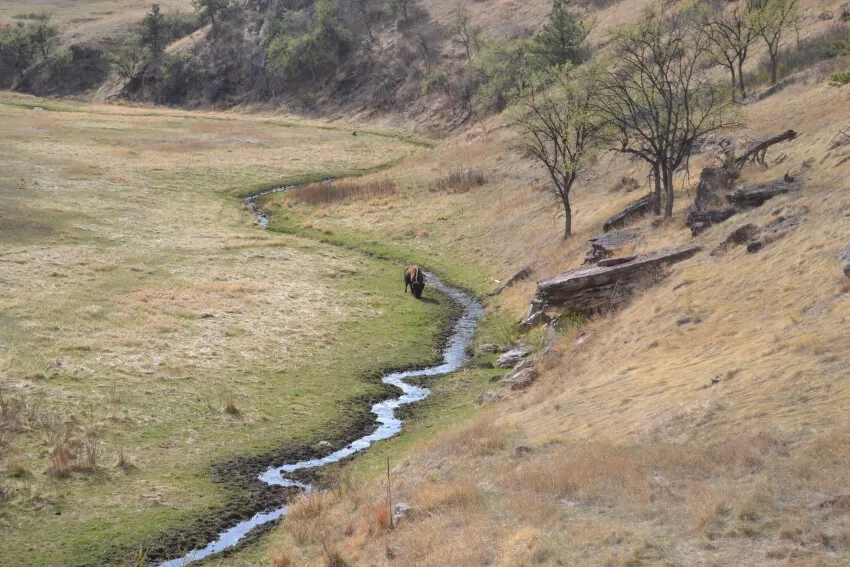
Is located in northern Arkansas. It is a popular destination for camping, hiking, and fishing.
This river hosts 36 species of fish, eight kinds of shrimps, and 15 different species of mussels. But the threat of pollution is starting to diminish this river due to massive hog operations around the area; contaminants from manure fields are endangering the natural habitat of this river.
Also, a foul odor is already being reported.
See Related: Best Conservation Posters
10. Tennessee River
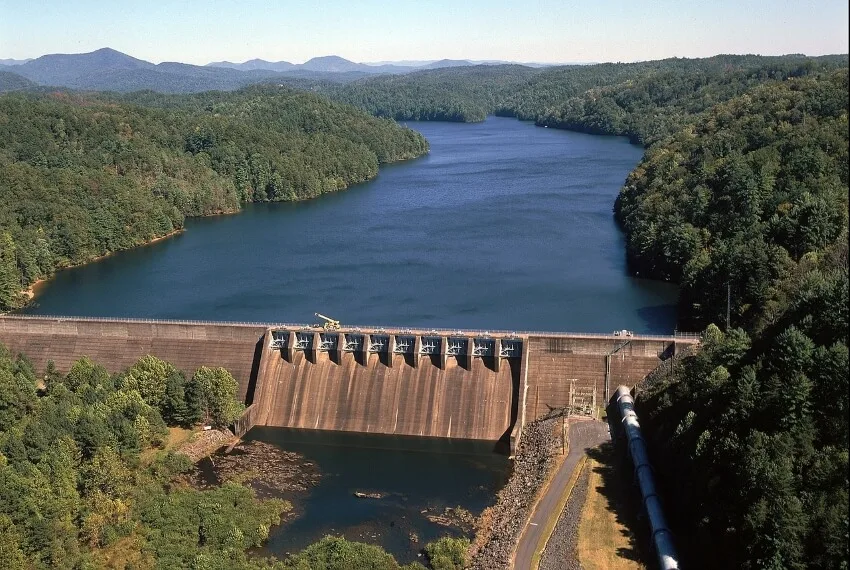
Is approximately 652 Miles and is located in Tennessee Valley. This river hosts 29 different species of fish, eight kinds of shrimps, and 23 species of mussels.
But the population of these freshwater inhabitants is diminishing because of pollution like industrial chemicals, raw sewage, micro-plastics, and agricultural runoff like fertilizers.
Also urban and household wastes like bottles, plastics, tissue papers are already contributing to making this river to be one of the dirtiest rivers in America and a significant source of water pollution.
See Related: Are Sliding Doors or French Doors More Energy Efficient?
11. Willamette River
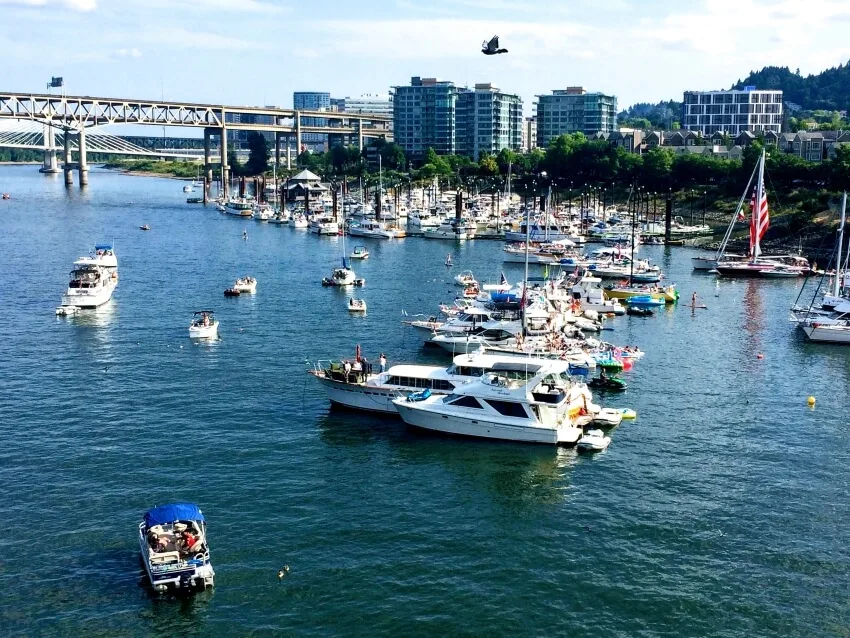
Is approximately 187 Miles long and lies mostly in northwestern Oregon. The river hosts some marine inhabitants like Chinook Salmon, Steelhead Trout, Lampreys, and Coho Salmon. But this river also shares its habitat with other marine life like Crayfish, Mollusks, and Worms.
This river hosts 18 species of fish in total and 19 different kinds of shrimps. But the water pollution is already killing this habitat resulting in dead fish and toxic algal blooms. Having these kinds of fish at this river means it’s a very important natural resource for food.
But the construction of several dams in this river destroyed most of the breeding grounds of these fishes. It is causing the migration and depletion in the population of these fishes. But the main cause of pollution in this river is sewage waste.
Chemicals like petroleum, pesticides, and some heavy metals like lead and zinc are also reported to be present in the river. In the year 2000, this river became a “National Priority Site” for toxic waste removal.
See Related: Are Coffee Filters Compostable?
12. Delaware River
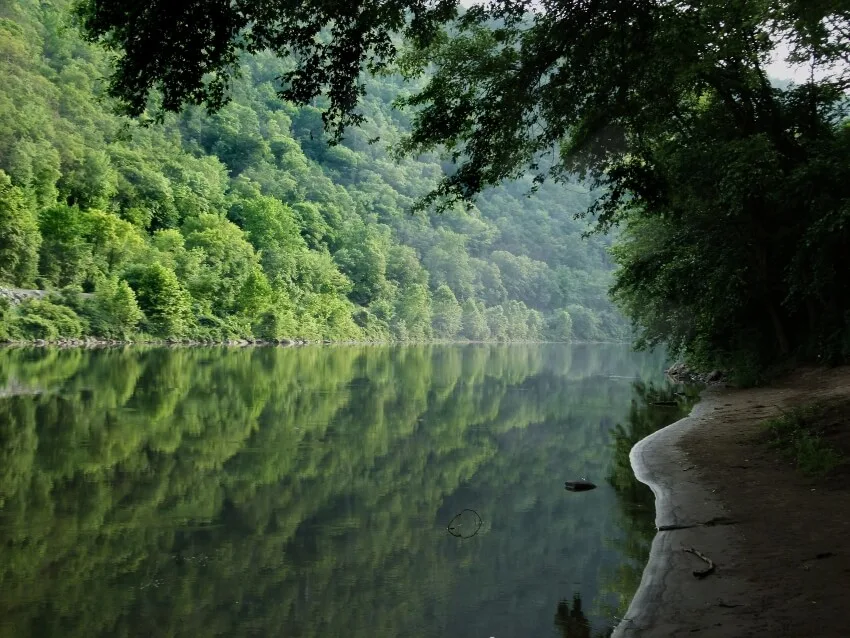
Is 419 Miles Long and passes through four states Delaware, New Jersey, New York, and Pennsylvania, before entering the Atlantic Ocean. This river used to host about 100 species of fish, but only 23 of them were left. These fishes like shad, striped bass, and most importantly, sturgeon are now extinct because of pollution in the river.
The main pollutant in this river is plastics, mainly coming from sewage. This river carries over 283,000 pounds of plastic waste every year, and since it connects to the ocean, not just the river itself is being polluted but the ocean also.
This is one of the causes that’s why many marine inhabitants and fishes are seen swallowing these plastic wastes and resulting in dead fish.
See Related: Is Cardboard Biodegradable?
13. Thames River
It is only 15 miles long; it is one of the Shortest Rivers in the U.S. It is located in Norwich, Connecticut. This river hosts two different kinds of shrimps: Bull Shrimp and Grass Shrimp, fishes and crabs.
A very obvious sign of pollution in this river is its green color due to algal blooms; these algal blooms cause low oxygen in the water, affecting or even killing fishes, crabs, and other inhabitants. The pollution is caused by a mixture of city wastewater and septic water.
With the city having an old sewage system, during heavy rainfalls, the system overflows and pushes these contaminants straight onto the river resulting in contaminated drinking water. Another contributor to the water pollution of this river is a Pharmaceutical company which is located within the area.
See Related: Amazing Sustainable Swimwear
14. Rock River
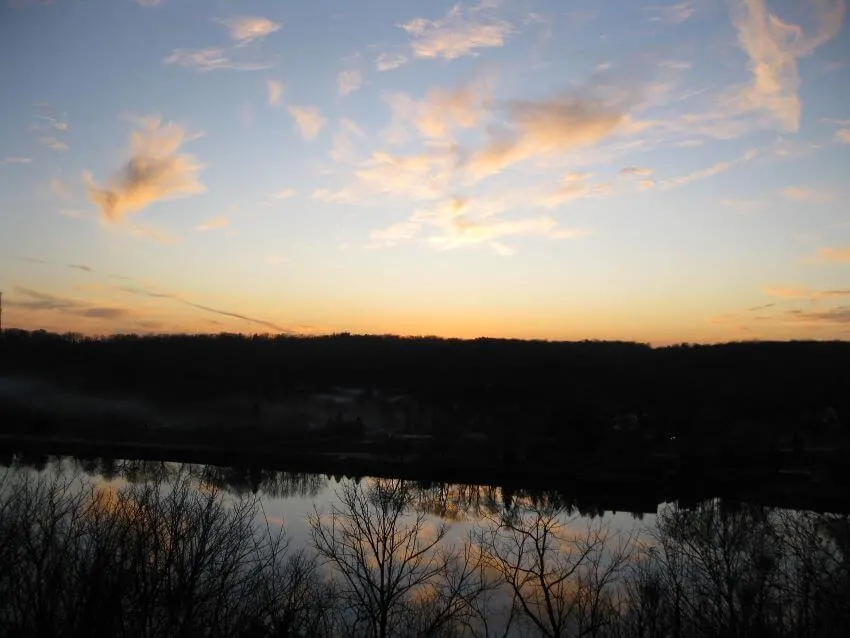
Is approximately 299 Miles long and is located in Illinois and Wisconsin. This river used to support thousands of species of insects, fish, turtles, frogs, mussels, birds, mammals, plants, and trees. Catfish, Bluegill, Channel Catfish, Black Crappie, are among the top 5 kinds of fishes in this river.
But pollution like nitrogen, phosphorus, and sediment, mainly caused by construction sites and urban areas, has already destroyed most of the river’s ecosystem. Blue-green algae are already present in the river’s waters which causes oxygen depletion, which kills most of its inhabitants.
See Related: Climate Change Jobs Around the World
15. Mobile River
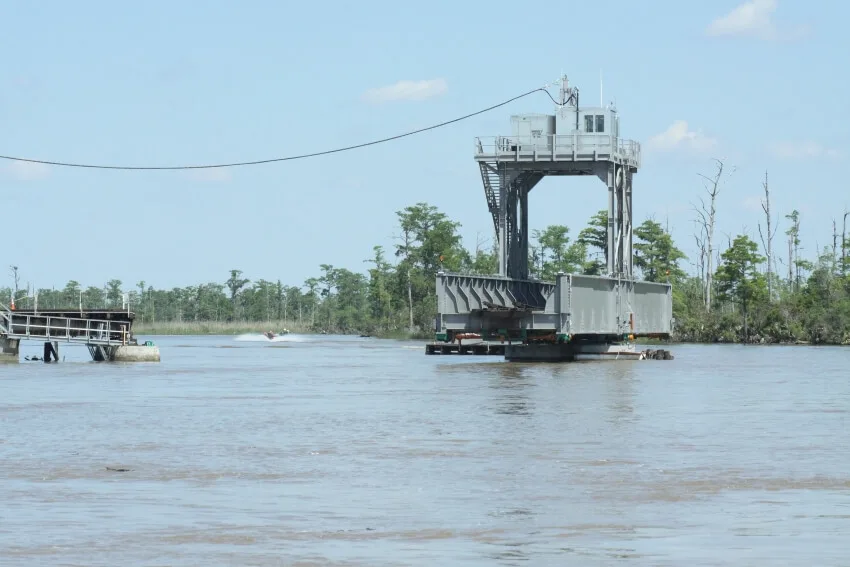
Is located in southern Alabama and is 45 miles long. It hosts two kinds of shrimps, Crawfish and Crayfish, and several freshwater inhabitants, including freshwater Snails.
These snails are very important in the balance of the river’s ecosystem; snails eat algae and maintain the quality of water in the river; they also serve as a food source for fish. But due to pollution, these snails are starting to diminish. The river is now becoming Muddy Brown in color due to pollution caused by construction sites.
Chemicals that are contaminating the river are mainly nitrogen and mercury. These kinds of chemicals are very poisonous to these snails and other marine inhabitants. Agricultural runoffs are also contributing to the pollution of this river.
So, these are the 15 Most Polluted Rivers in the United States: Calcasieu River, Ohio River, Mississippi River, Holston River, Harpeth River, New River, Savannah River, Cuyahoga River, Buffalo National River, Tennessee River, Willamette River, Delaware River, Thames River, Rock River, and Mobile River.
See Related: Best Clothing Companies that Plant Trees
Final Thoughts
Common pollutants come from industrial wastes and toxic chemicals like arsenic, mercury, lead, oil, pesticides, uranium, phosphates. And nitrogen. Also, common pollutants come from urban wastes, like sewage waste, plastic waste, manure, and other household wastes like tissue paper, plastic bottles, etc.
All of these contribute to destroying the water’s ecosystems and destroying the natural habitat for different kinds of marine species. Polluted rivers can also become health hazards to humans by breeding ground for diseases from microorganisms present in the contaminated water.
Remember, these kinds of pollution in rivers affect our natural resources and biodiversity and impose dangers on our health.
Swimming in contaminated water, washing your hands in it or drinking it can cause mild to serious health issues. We can acquire serious illnesses and diseases such as Cholera, Malaria, Salmonella, and Hepatitis with polluted water. We can also acquire skin diseases like dermatitis, rashes, and allergies.
The world’s largest rivers, such as the Yangtze and Mississippi in China, are already contaminated.
As governments ease regulations to promote economic development, the list is expected to expand. Unless steps are taken to clean up the rivers and stop future pollution dispersion, the ecosystem will deteriorate in these river areas. The cleaning of these rivers is the responsibility of the government and everyone around the world.
Secondly, self-discipline and responsibility within ourselves in proper garbage or waste disposal is also important to prevent further pollution on our environment. Recycling wastes is also a good help. Reduction of usage of plastics will also lessen the pollution.
Pollution control also calls for community participation from different sectors of our society. Industries should have more strict regulations in their waste disposal, and the government should provide the proper equipment and facilities to collect wastes from homes and streets.
Also, through public awareness campaigns on certain campaigns that help protect the environment, we can prevent further river pollution.
There are numerous methods we may use to decrease pollution in our waterways.
In conclusion, the polluted rivers in the United States require more from us to preserve them from further deterioration. They are meaningless without their natural habitat and life-support systems, which we are slowly destroying every day. We should not wait until it’s too late to take action.
Hopefully, this article has helped you to gain knowledge on the most polluted rivers in the United States. So, keep your environment clean and be aware that what you throw in the river can end up in our drinking water.
See Related: Climate Change Quotes that Will Suprise You
FAQ
What is the dirtiest river in the USA?
It’s difficult to say what the most polluted river in the USA is as pollution depends on a person’s point of view. In some cases, too much fertilizer can result in algae bloom that could produce toxic levels of chemicals. Additional pesticides then work with those chemicals to create large dead zones for creatures from bacteria to mammals.
The most polluted rivers might contain contaminants acquired during mining operations and pesticide runoff from farming.
Still, according to a report by Scientific American, most Americans, including fish eaters, are exposed every day to crude oil, gasoline, and dozens of other pollutants because they find their way into waterways after being discharged by municipal wastewater treatment plants or accidental spills at oil refineries and factories.
Some of the most polluted rivers in the USA include:
The most polluted river is River Rouge which flows into the Detroit River, as it contains around 200 pollutants such as zinc and lead. As a result, most fish now show high levels of mercury.
The Cuyahoga River has been said to catch fire 21 times since the early 1900s, most recently in 1969. Nowadays, most oil and other toxic pollutants come from urban runoff.
The Gowanus Canal is one of the most polluted waterways in North America. It has become a Superfund site because it contains high carcinogenic chemicals found in metal degreasers, paint thinners, and dry-cleaning solvents.
The most polluted river in Pennsylvania is the Monongahela River that flows through Pittsburgh as its water contains several chemicals from steel mills and manufacturing and sewage.
The most polluted river in New Jersey is the Passaic River, where over half a million pounds of raw or partially treated sewage were released into the river every day back in 1996.
The most polluted river in Massachusetts is the Blackstone River. It contains more than 10 million gallons of mostly untreated sewage overflows, contaminating most rivers and streams that flow into Narragansett Bay.
The most polluted river in Virginia is the Elizabeth River which flows into the larger harbor area of Southeast Virginia.
The most polluted river in Georgia is the Chattahoochee River that runs through Atlanta, where most of these pollutants come from sewage overflows, particularly after heavy rains.
The most polluted river in California is the Los Angeles River, as it once contained high levels of oil, grease, metals, PCBs, and pesticides.
The most polluted river in Illinois is the Chicago River, as most of the sewage and runoff from factories flows into it.
The most polluted river in Texas is the Trinity River. Most rivers and streams in the area are polluted by industrial wastes, most notably oil and grease from nearby refineries and food processing plants.
See Related: Best Products to Help Climate Change
What is the most polluted water in the U.S.?
The most polluted rivers in the United States include the Owens River in California, the Poughkeepsie River in New York, and the Cuyahoga River, Ohio.
The most polluted water in America is found in the Erie Basin. But most people don’t know about it because most of it goes untreated. The average person could experience negative health effects from living near polluted waters or consuming them year-round.
See Related: Pros and Cons of Biomass Energy
Which state has the most polluted rivers?
No state has the most polluted rivers in the U.S. But North Dakota, Pennsylvania, West Virginia, and Oklahoma are most polluted of all.
The most polluted rivers are found in Allegheny County, PA; Darby Borough, Darby Township and Darby Township near Philadelphia, PA; Lancaster County near Harrisburg, PA; North Branch of Porter Creek Rankin outside Pittsburgh City limits near Monaca Borough at Route 136 just south of I-376 Exit 76A).
It’s nothing special for one country to have spots where they dump their toxic garbage now and then – Alabama is most polluted now (partly due to the B.P. oil spill), Missouri faces Seveso Dioxin Disposal Incident at Times Beach. And New Jersey dumps illegal toxic waste into the Hudson River.
Groundwater contamination is most harmful – most polluted are rivers that are used as water supply, water bodies, and most sensitive waterways.
Most polluted of all U.S. rivers include Potomac River (partly due to Washington D.C.), Ohio River (due to Louisville), Van duz Lake Erie (the most polluted of all lakes), Susquehanna River (due to coal industry in the Williamsport, PA.), Allegheny River in Pittsburgh area.
What are the 10 most polluted rivers in America?
The 10 most polluted rivers in America are bodies of water that have been contaminated by various sources, including agricultural runoff, industrial waste, and sewage. These rivers have high levels of pollutants such as bacteria, heavy metals, and chemicals, which can have negative impacts on human health and the environment. Some examples of the most polluted rivers in America include the Mississippi River, Ohio River, and Hudson River.
Related Resources
